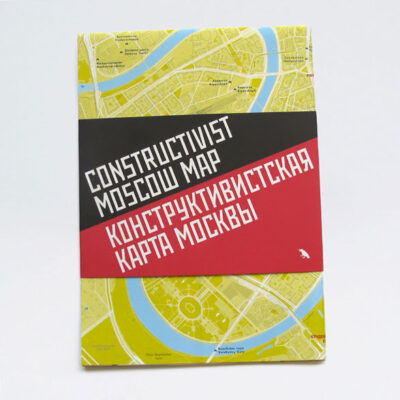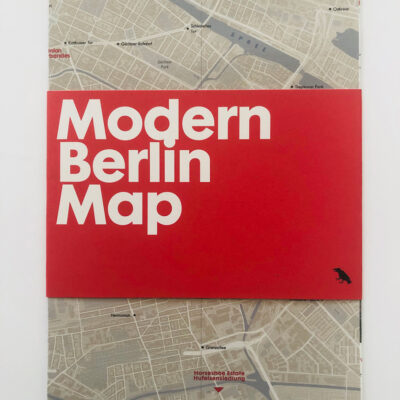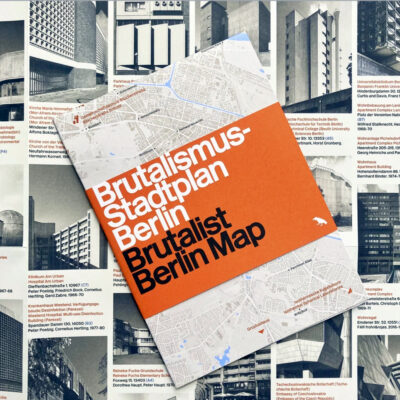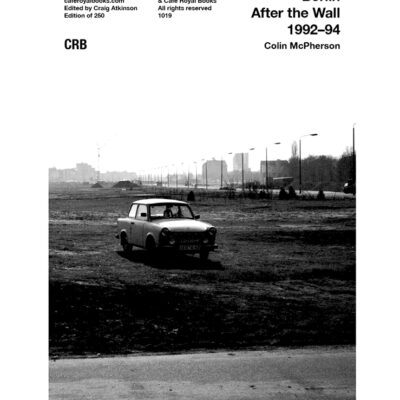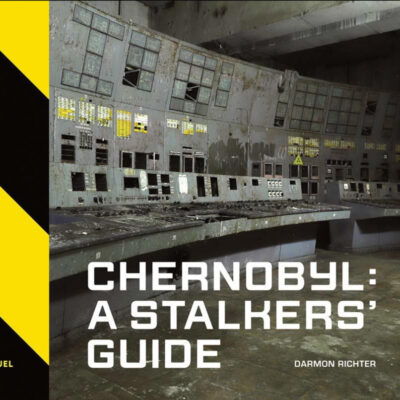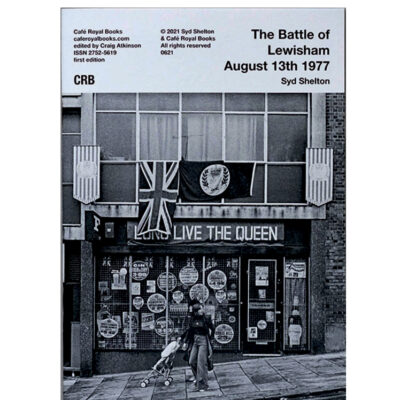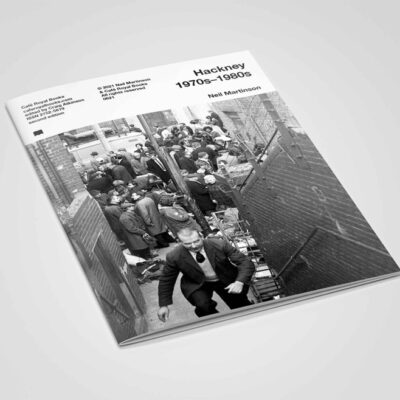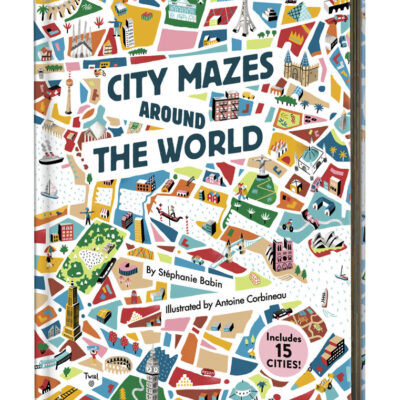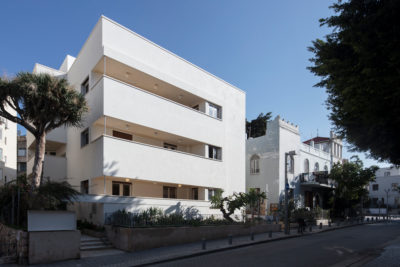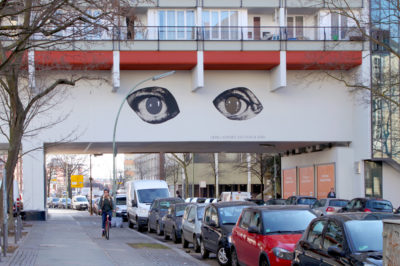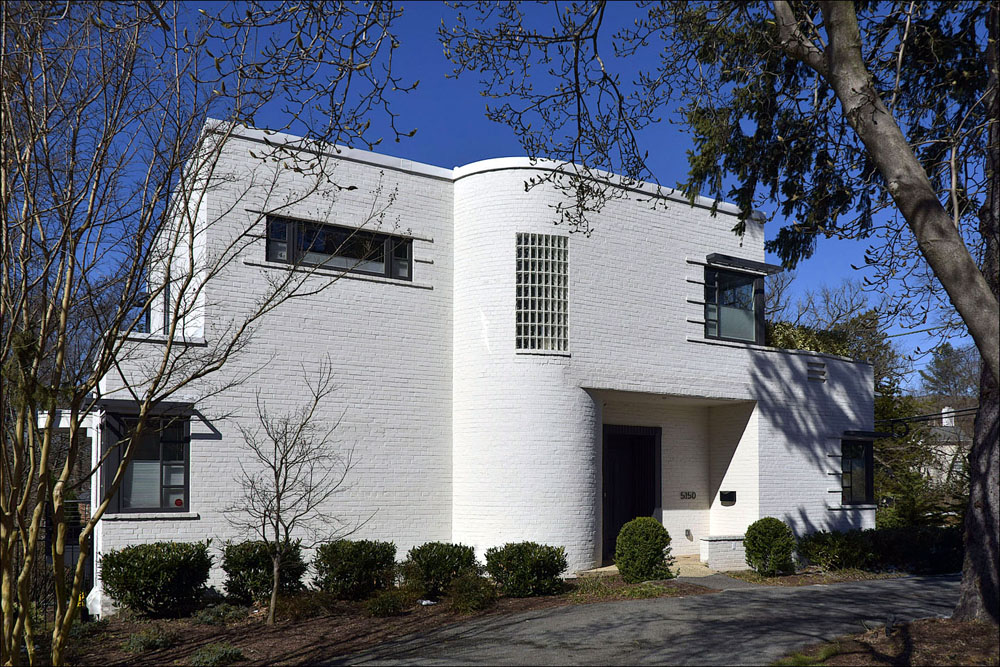Spying On Moscow: Architecture Photographer Denis Esakov Reveals His Process
Ever asked yourself how to frame an image? Or how to capture the essence of a building in your lens? The photographer and author of ‘Spying on Moscow: A winged guide to Architecture’ divulges his technique.
Though Kyrgyzstan-born Esakov is currently based in Berlin, it was Moscow where he spent his formative years engaging with architecture and photography. What was it about this city? The urban quirks, the relics of Communism, the parks and community spaces? Greyscape spent time with Esakov unpicking his process as well as twists and turns that led to his career.
Before photographing a building, how do you prepare?
I read a lot. I ask the architect if I can about the original idea and the history of the building. I put all my subjects on an online map so I can calculate a good lighting time and build routes to manage shooting everything in the time I have available.
I also look at Google’s Street View to understand what kind of environment surrounds it. And, if possible, I will make research trips to the location.
Last autumn I hadn’t prepared well enough for a shoot for a magazine of the former Nazi resort ‘Prora Rügen’. I had barely left myself enough time to shoot the property, so it goes to show, preparation and research is extremely important.
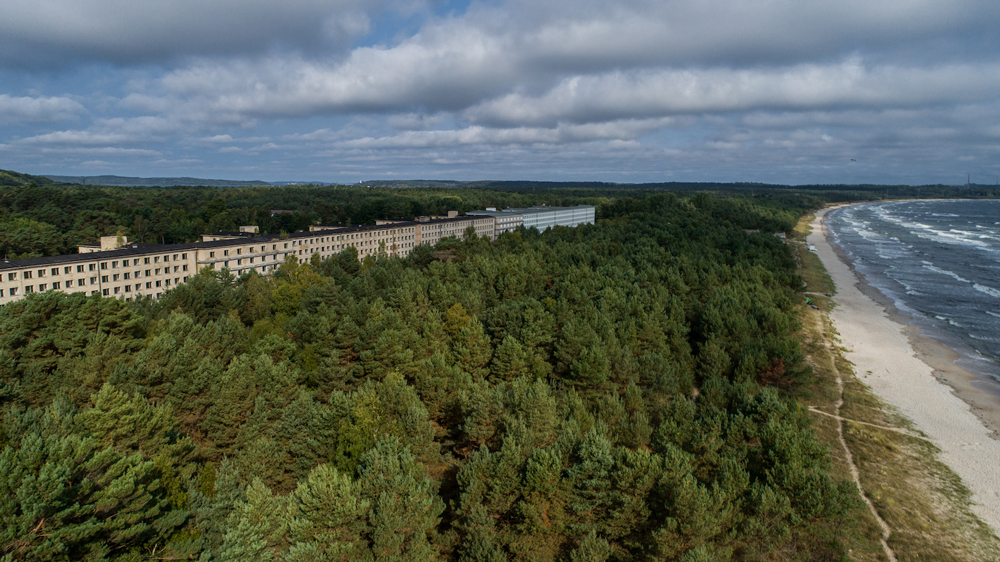
Prora, Island of Rügen, Former 1930s Nazi seaside resort, Germany Arch. Clemens Klotz
When you first approach a building what, usually jumps out at you?
Usually, the first thing I have to do is get over a fence! For instance, when I visited the Paris headquarters of the Communist Party – designed by Oscar Niemeyer – it was surrounded by a fence. To get inside, you need to wait for someone to enter or exit or start climbing. While it worked out for me there, that’s often not the case. Therefore, I usually approach my subject early in the morning with sunrise and start walking around the perimeter following the sun so I am aware of exactly what I’m dealing with as soon as there’s enough light to shoot.
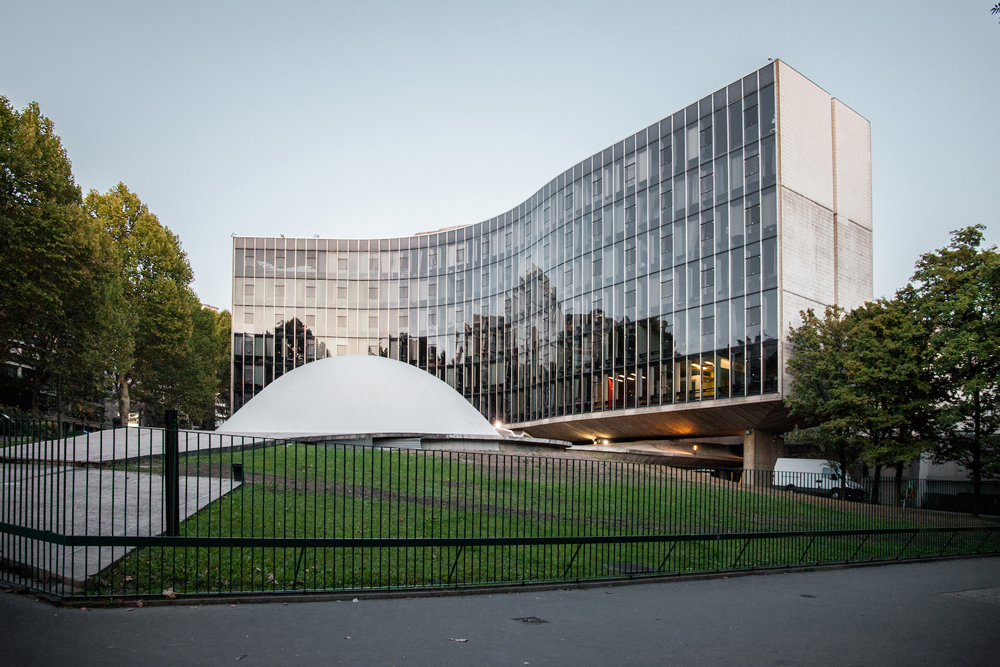
French Communist Party Headquarters (1980) / Oscar Niemeyer / Paris
What’s more important, the building or the location?
I look at not just the architecture but the environment it interacts with. All the electric power poles, trash bins, parking lots are together one functioning system. I construct from this chaos composition showing the coherence of all elements. For instance, the Ostankino Tower, Moscow, is an isolated monument to engineering. Despite its remote location, its environment gives a fantastic sense of architecture, so I shot it from drone. The way it stands out against the background of the surrounding Soviet construction is breath-taking. Similarly, the Residential panel house in Marseille is designed against the backdrop of a ravine and close to the sea.
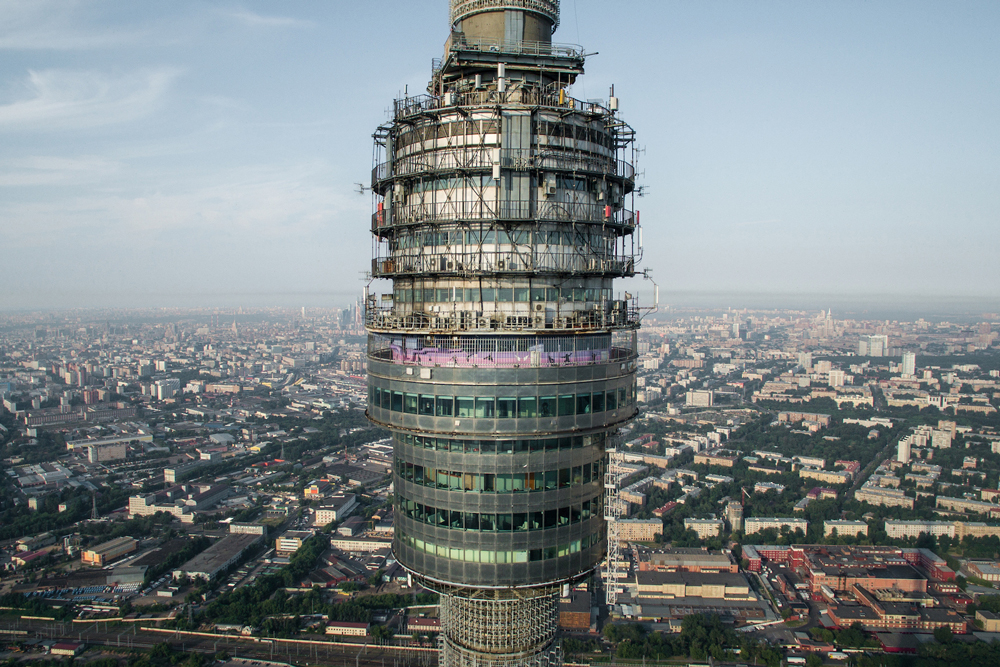
Ostankino Tower (1963-67), structural engineer Nikolai Nikitin, Moscow
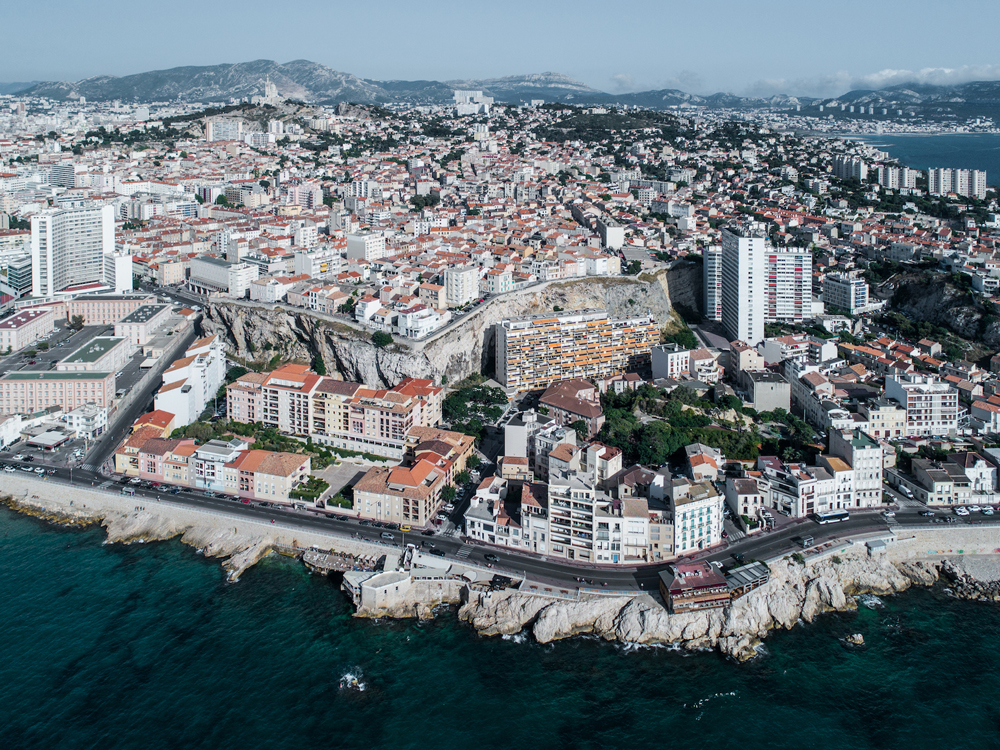
Residential Apartment, Marseille
What makes a photograph a success?
It depends how you measure success. It is a matter of chance and it depends not only on my skills, but also on the topic, time and place as well as whether it’s a digital or analogue format. For instance, I photographed a location in Dessau but suffered a technical glitch. Something went wrong with memory card and the photo was recorded with distortion. It turned out as a fantastic collage about Modernist mass housing.
However, if you judge based on Instagram, a photograph from of a Modernist apartment block in Jerusalem from the ’30s received 4000 Likes. I can’t understand why it got so many when there is a wonderful photo of the Moscow Museum Garage by OMA that received less than a thousand Likes. Of course, the algorithm should be accounted for and the ‘reach’ of my previous images but, taste is subjective yet can still influence the numeric success of a photograph.
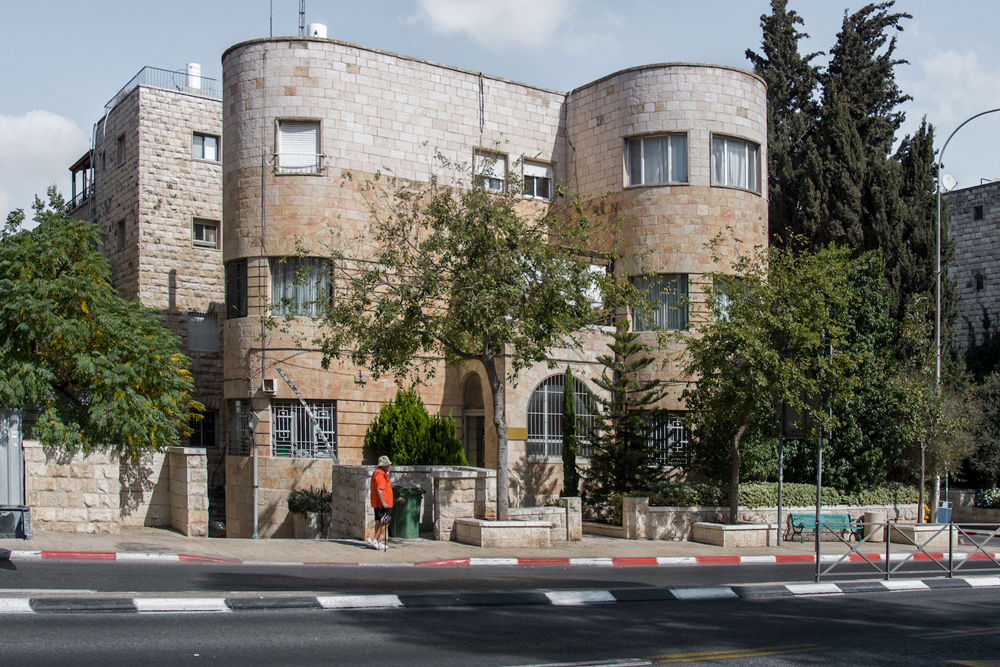
Keren HaYesod St., Jerusalem, mid-1930s
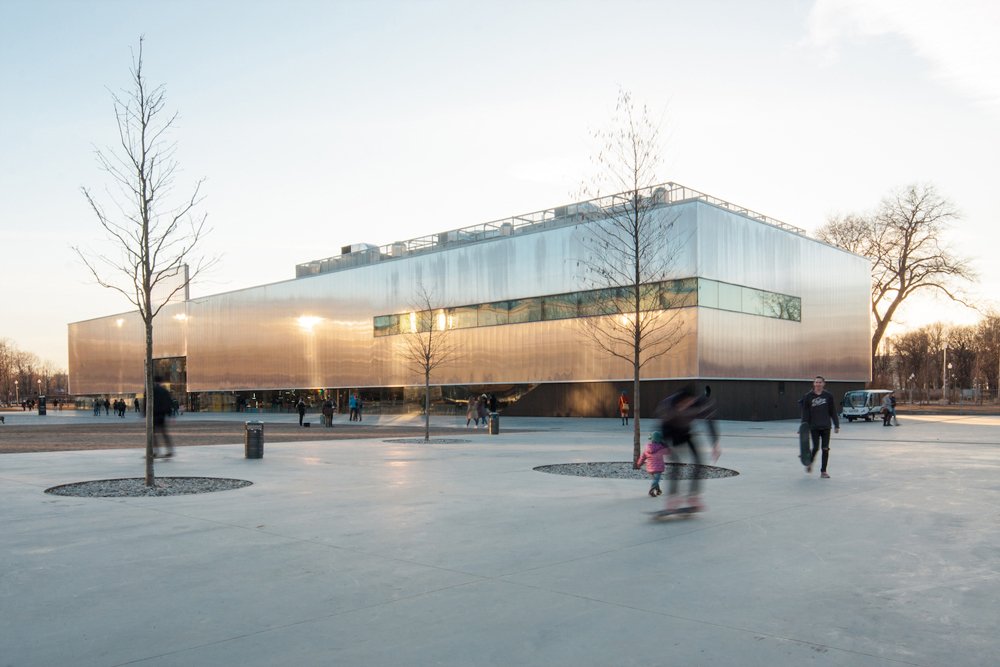
Garage Museum of Contemporary Art (2011-15), Moscow, arch. OMA
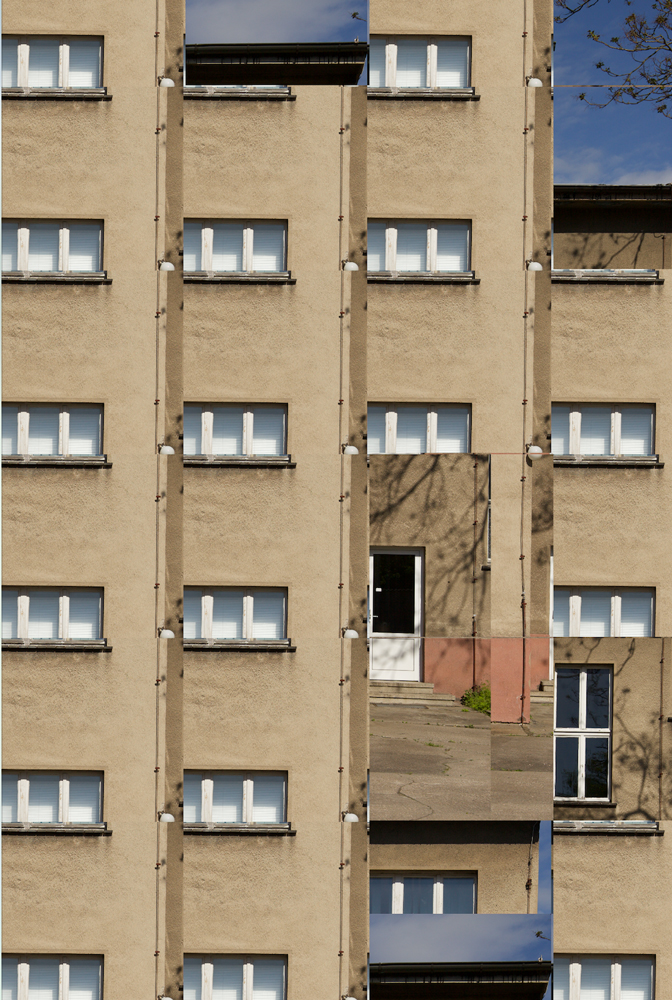
Glitch, 2018
Experts Tip?
Read. Look. And, have a good pair of boots, as one of Magnum’s photographers once advised.
Do you have a dream destination which you’d like to photograph?
Afghanistan. I am interested in how deeply the Soviet Union penetrated its Modernist architecture during the ten-year colonization of the country. I saw a couple of photos of Soviet clubs in Afghan cities but would like to know more about this.
How did photography become your career?
I began shooting more than a decade ago and after three or four years realised that I didn’t want to work in an office. One of the best opportunities to show off my pictures and make connections as social media, Instagram in particular. The more I uploaded photos the more opportunities appeared.
I worked for half a year from 5 am to 2 pm in the office in order to have time for my photography. It was a hardcore period but, in 2016 I started at the Institute of Contemporary Art where I studied art history for two years and began to work on my art projects. Now I am taking pictures for architects, publishers, books and zines.
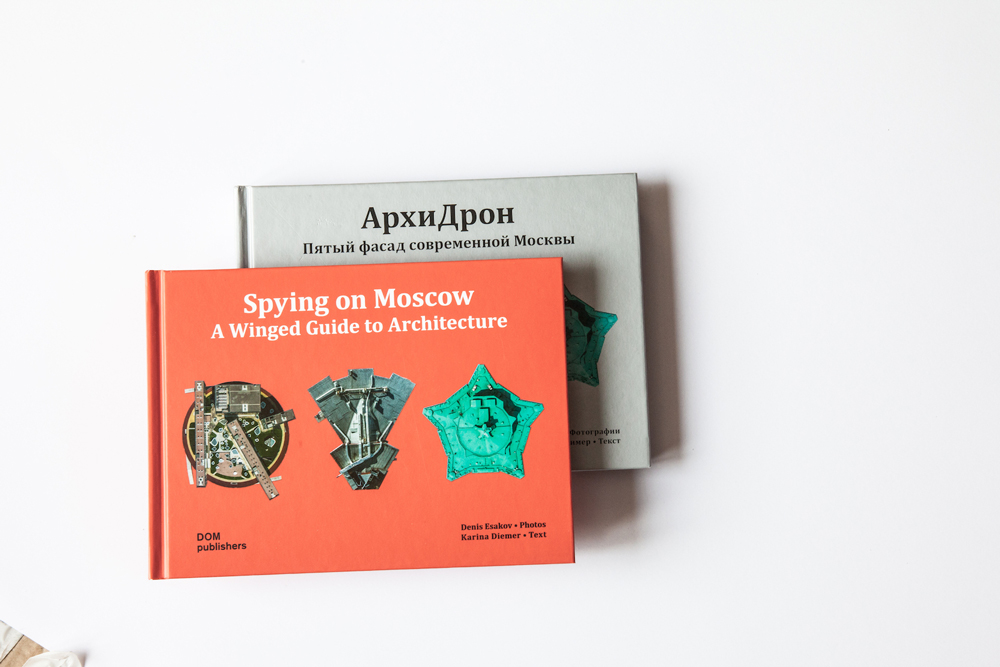
Spying on Moscow A winged guide to Architecture, Dom Publishers (Berlin)
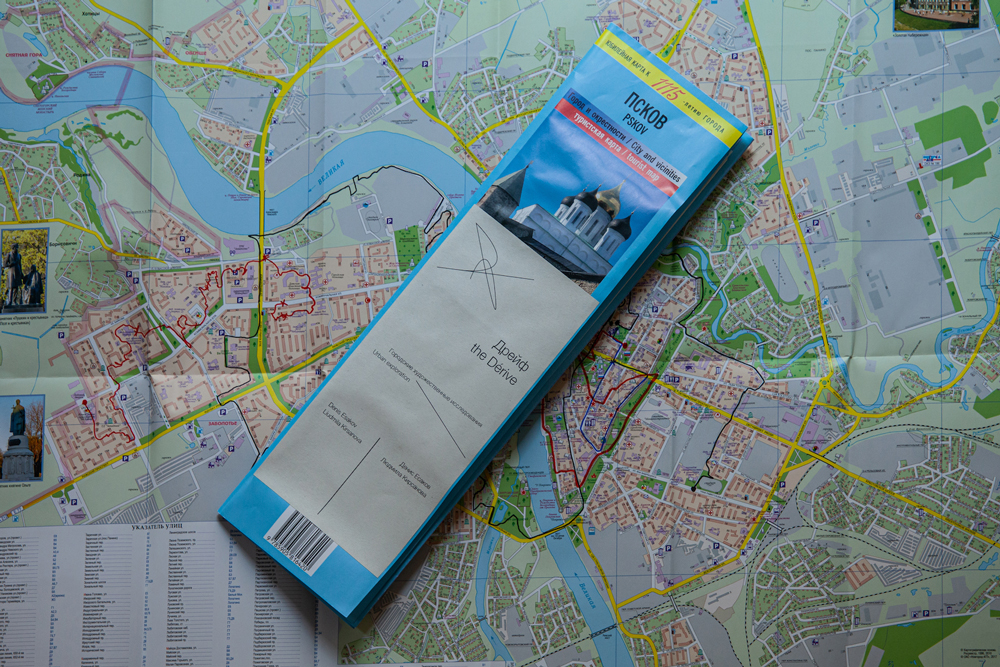
Pskov. Dérive. Zine, 2019
What are you working on at the moment?
Currently, I am completing a project about the space of the Moscow Third Transport Ring. This is a surprisingly ambiguous space. I shot it while walking around it by foot, I hope to show this project later this year. I’m also looking at a project in Pskov where the architecture acts as a trigger for social changes. The ruin of the Prachechnaya (the laundry), I discovered last summer has become an urban phenomenon through a series of performances, as well as the subject of an exhibition, publication and discussions.
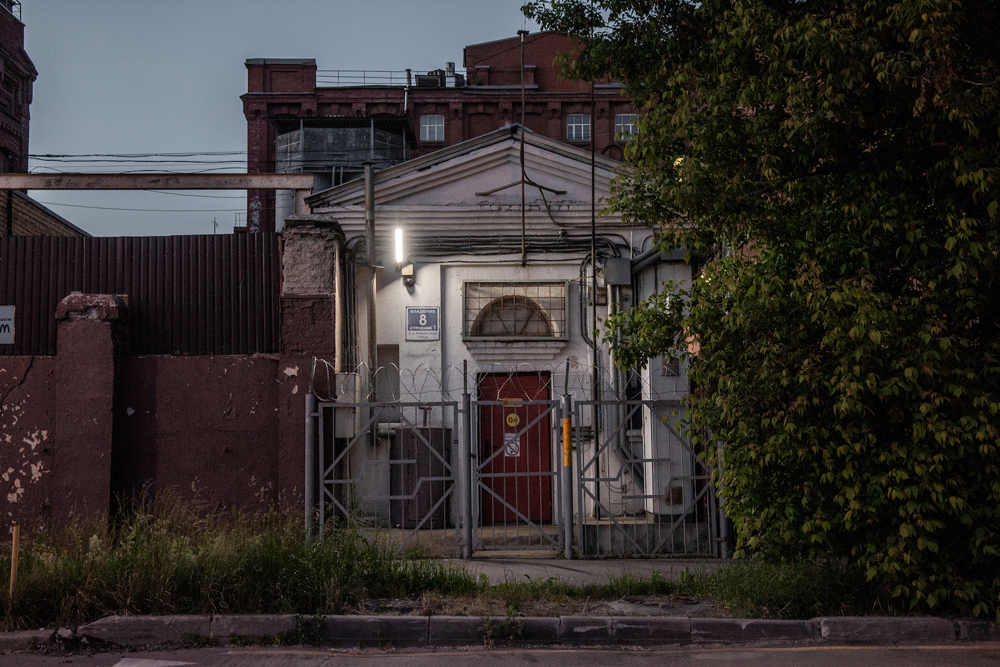
Ongoing Project about Moscow Third Transport Ring
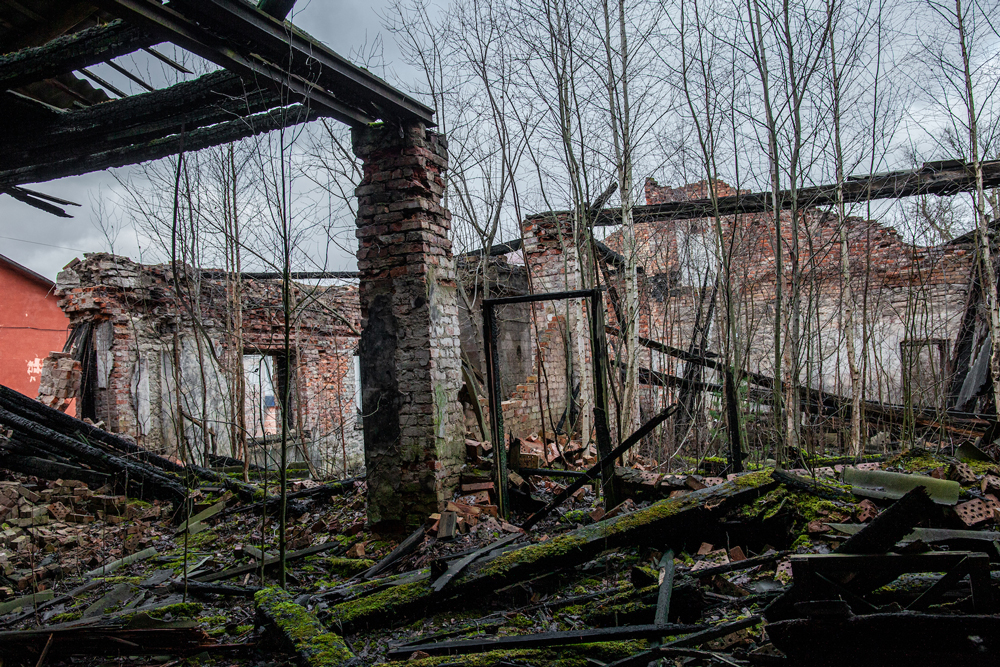
Prachecnaya (the Laundry), Pskov, 2019-2020
GREYSCAPE QUICKFIRE
Which artist inspires you?
The scale and the method of the works of Christo and Jean Claude impress me. For one of my projects in Pskov I wanted to implement something similar – to wrap the gallery building in signal tapes. Unfortunately, it was not possible to coordinate this with the administration and the project remained a digital collage. Music also inspires me. One of the recent favourite discoveries is sound collages by Cummi Flu band from Brussels.
What’s the one that got away, the photo you wished you’d taken?
I took a photograph of the main entrance to the Paleontology Museum in Moscow. The entrance is lightened by the sun only during the longest summer days, only a few days a year. All other days it is in shade while the sun moves on the opposite side. When I lived in Moscow, I didn’t manage to visit the building in the summer at four in the morning but, hopefully someday I will see the dawn rays at the entrance of this Modernist fortress.
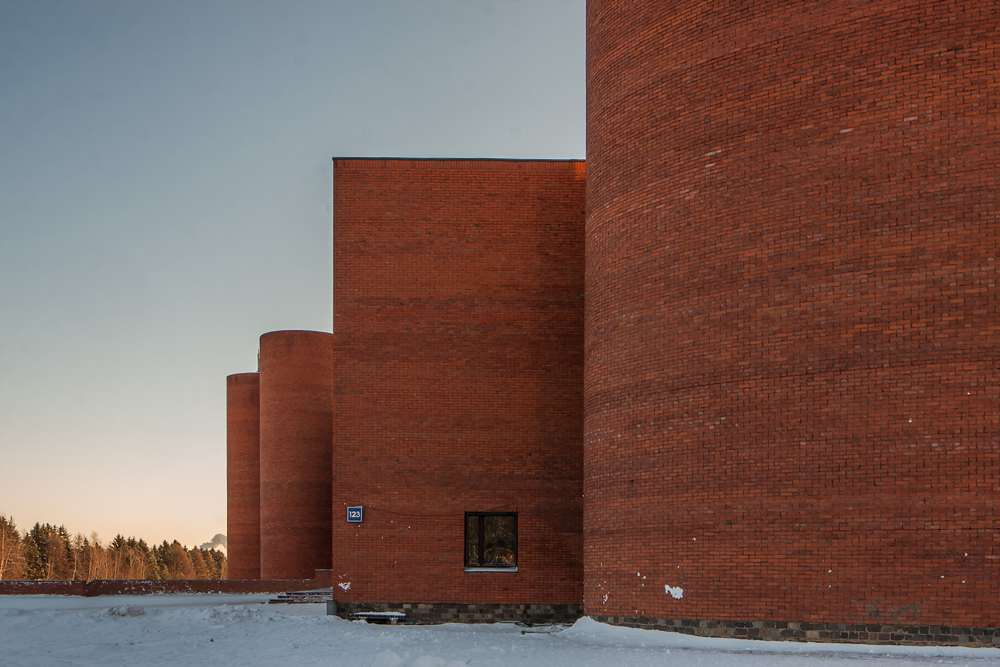
Palaeontology Museum (1972–1987), arch. Y. Platonov and others, Moscow
Where is your home town?
I was born in Karakol which is located near Issyk-Kul lake. It has a giant salt lake in the foothills of the Northern Tien Shan. I spent a lot of time in my youth in the mountains and on the lake. I love mountain hikes for several days with tents and night conversations around the campfire. The town fell into decay after the collapse of the USSR. All my friends moved to other places, so I did too. The last time I came back there was seven years ago. I hope I will come back again with my daughter, see the place of my youth, go to the mountains, go swimming in the lake.
What’s your favorite local dish?
There is a rare dish in Karakol – Ash-lyanfu. This is cold rice noodles in a sour spicy sauce. It is cooked by the Dungans, a group of Muslim people of Hui origin. They preserve their language, traditions, and cuisine. Karakol locals are proud of this dish. There is a legend that the real Ash-lyanfu can only be cooked in Karakol. In the capital of Kyrgyzstan, Bishkek, you can find it in some cafes but the Karakol locals themselves will always say: “Well, no, it’s so-so, not like at home!”
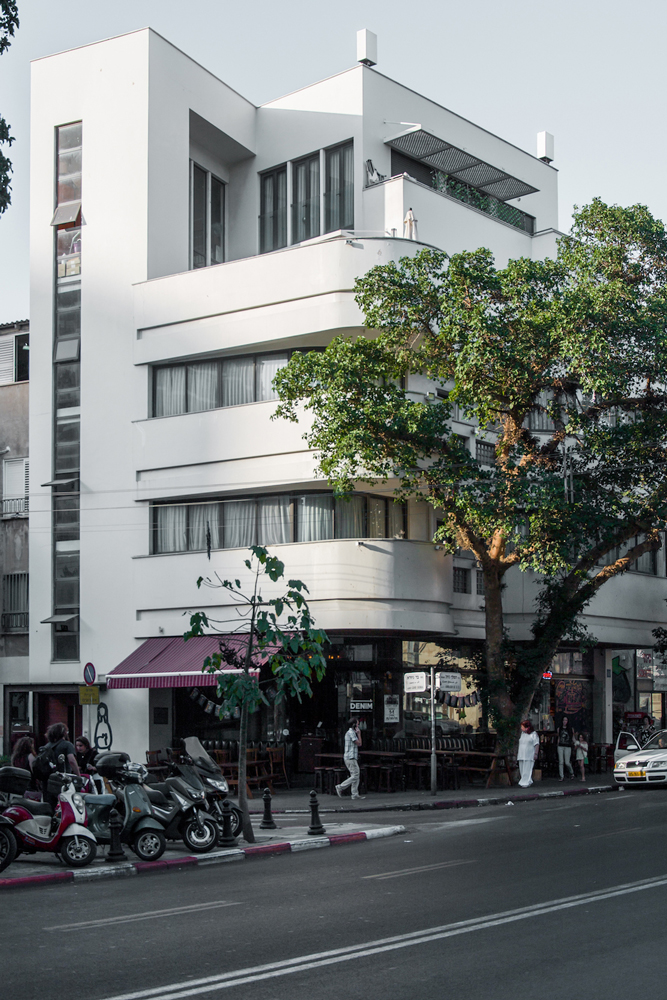
Dizengoff St., Tel Aviv
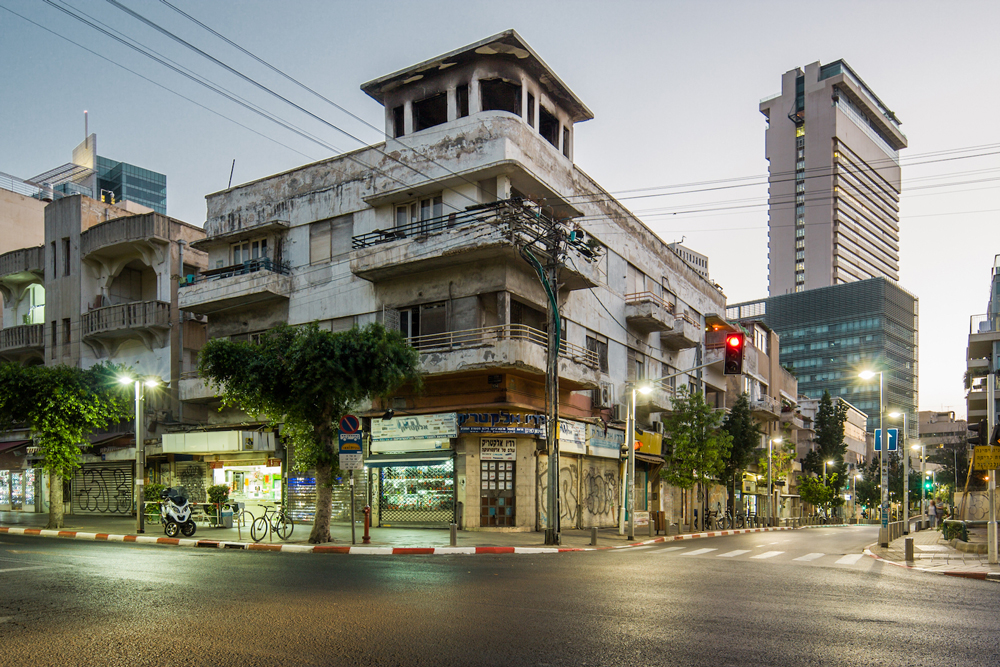
Allenby st., Tel Aviv
Find Denis on Instagram @denisesakov




